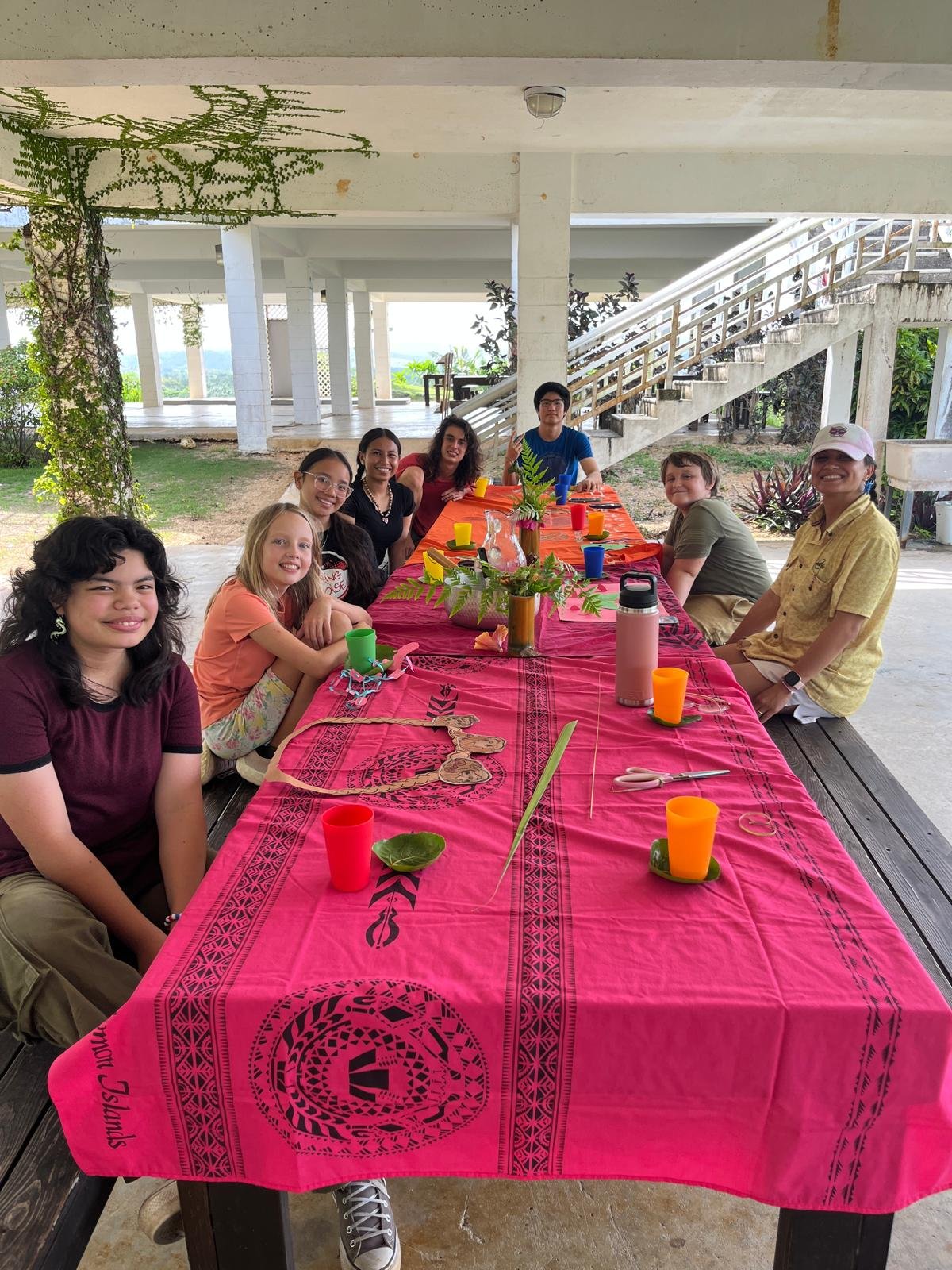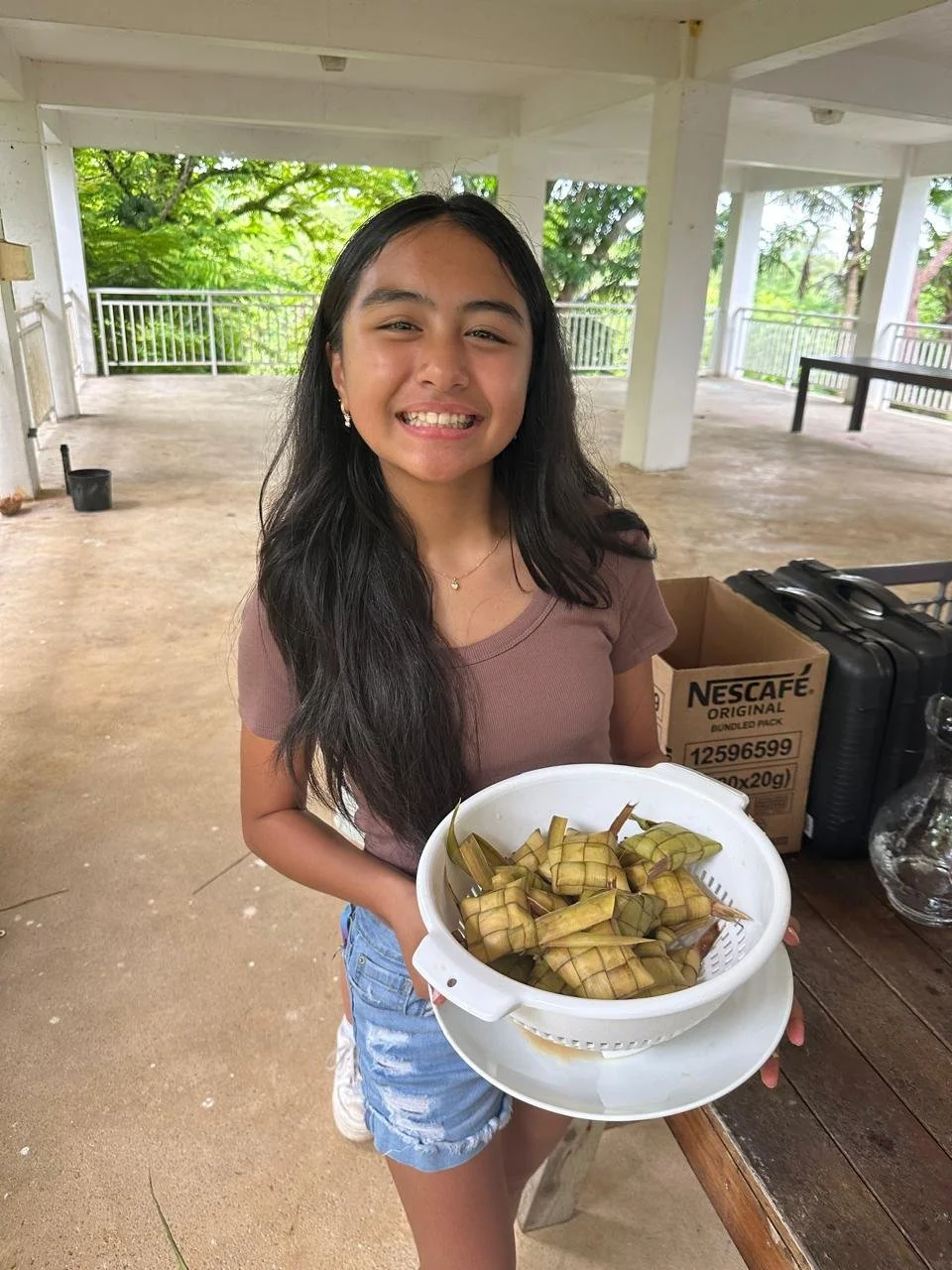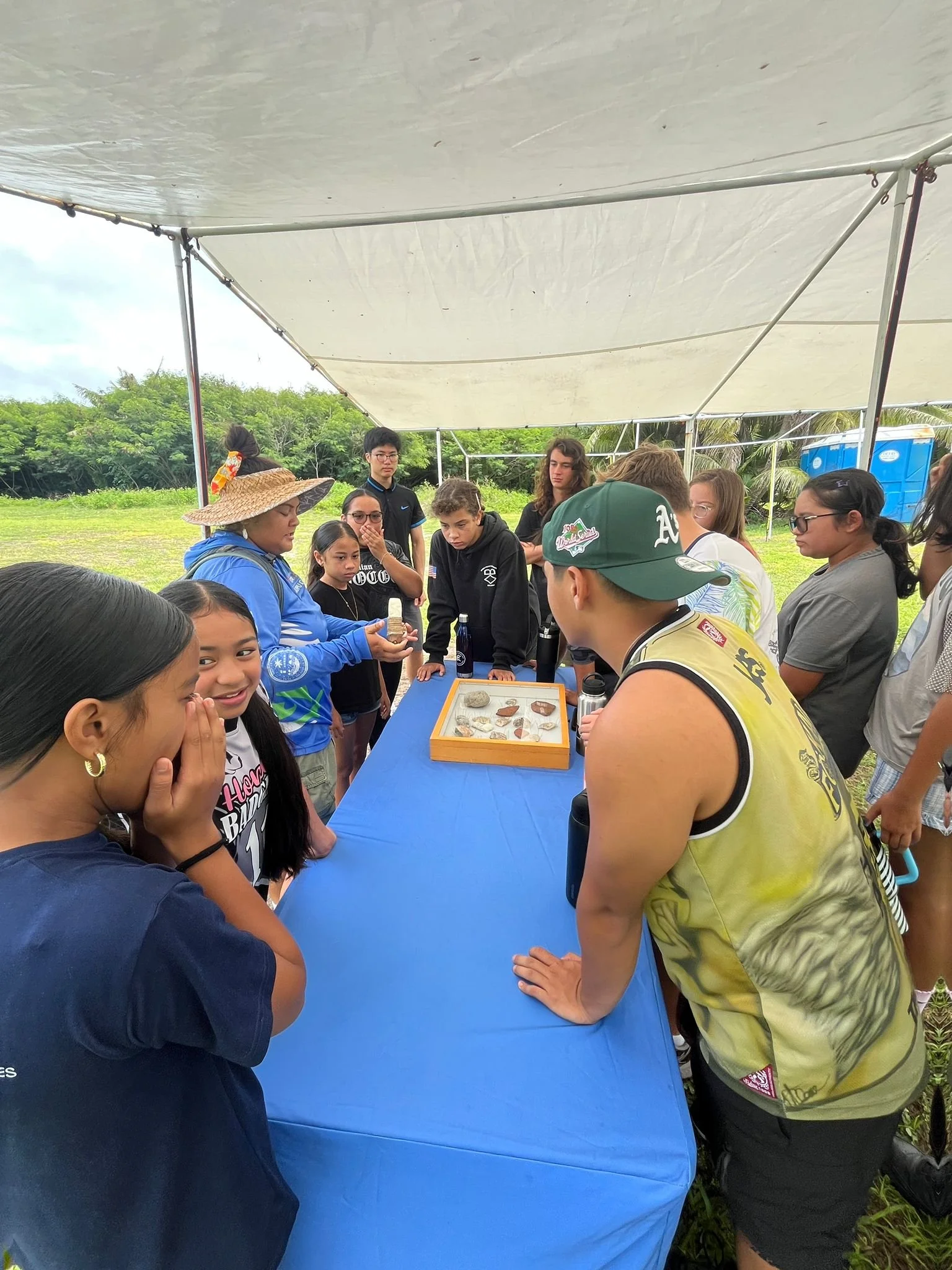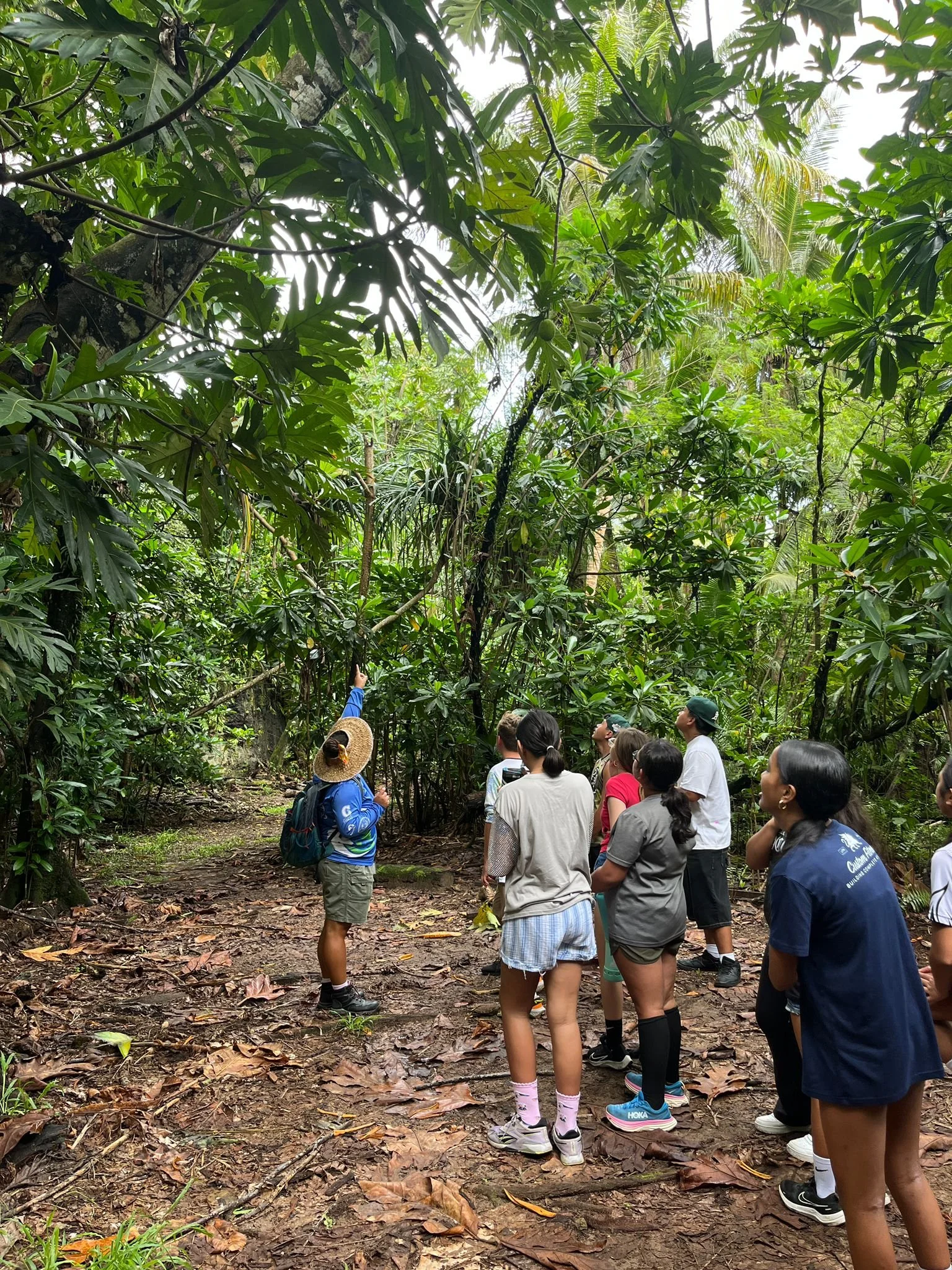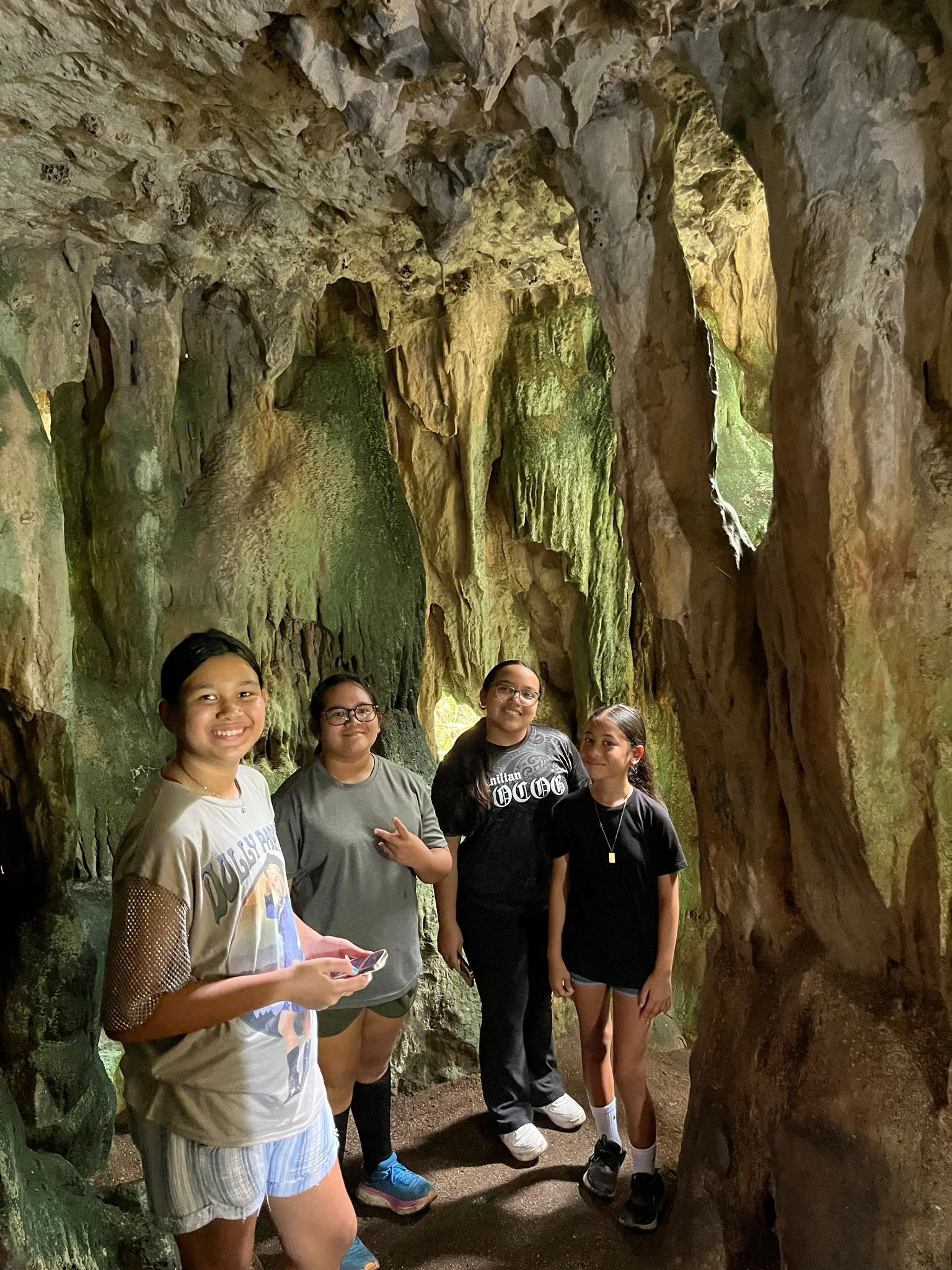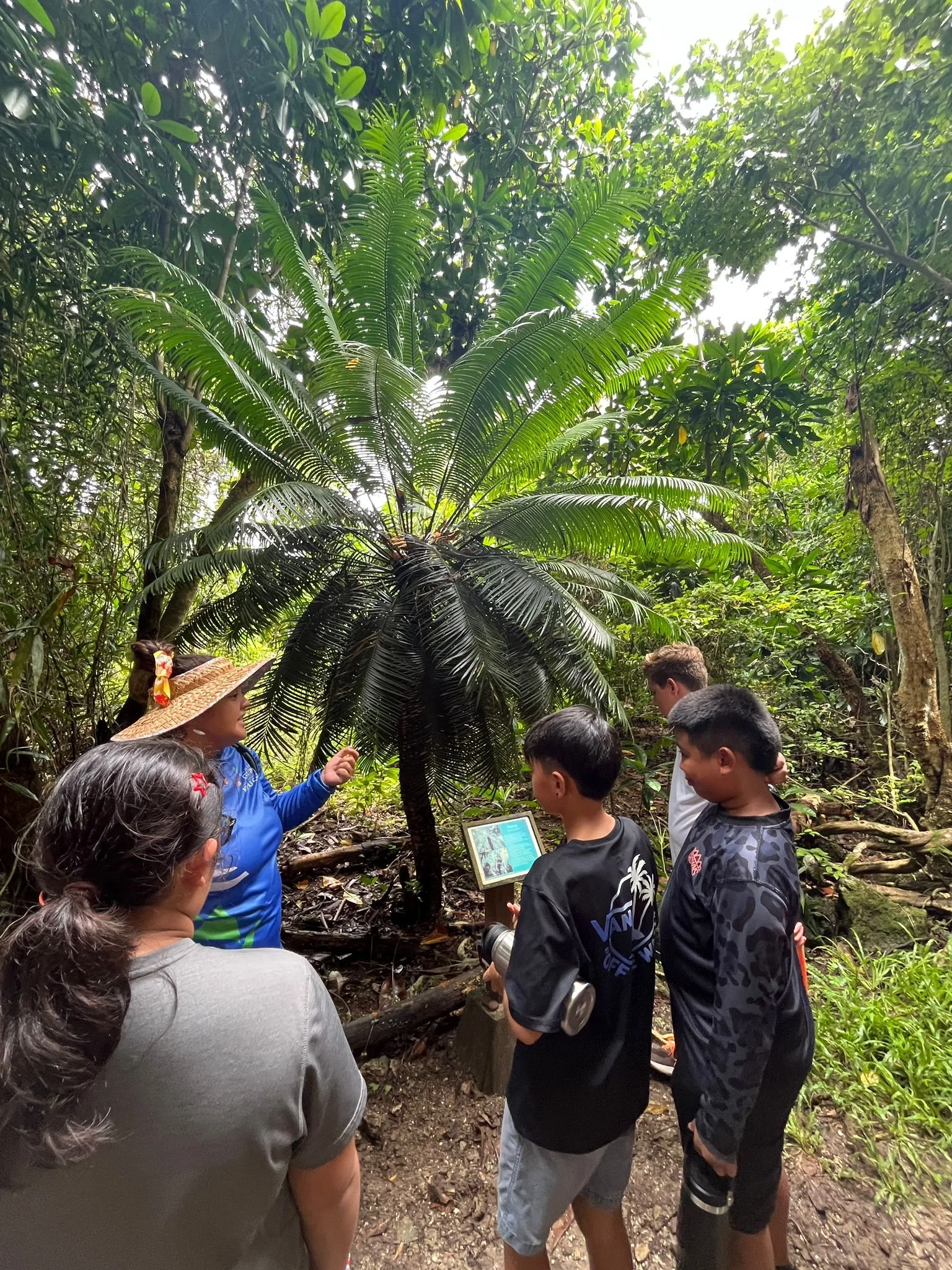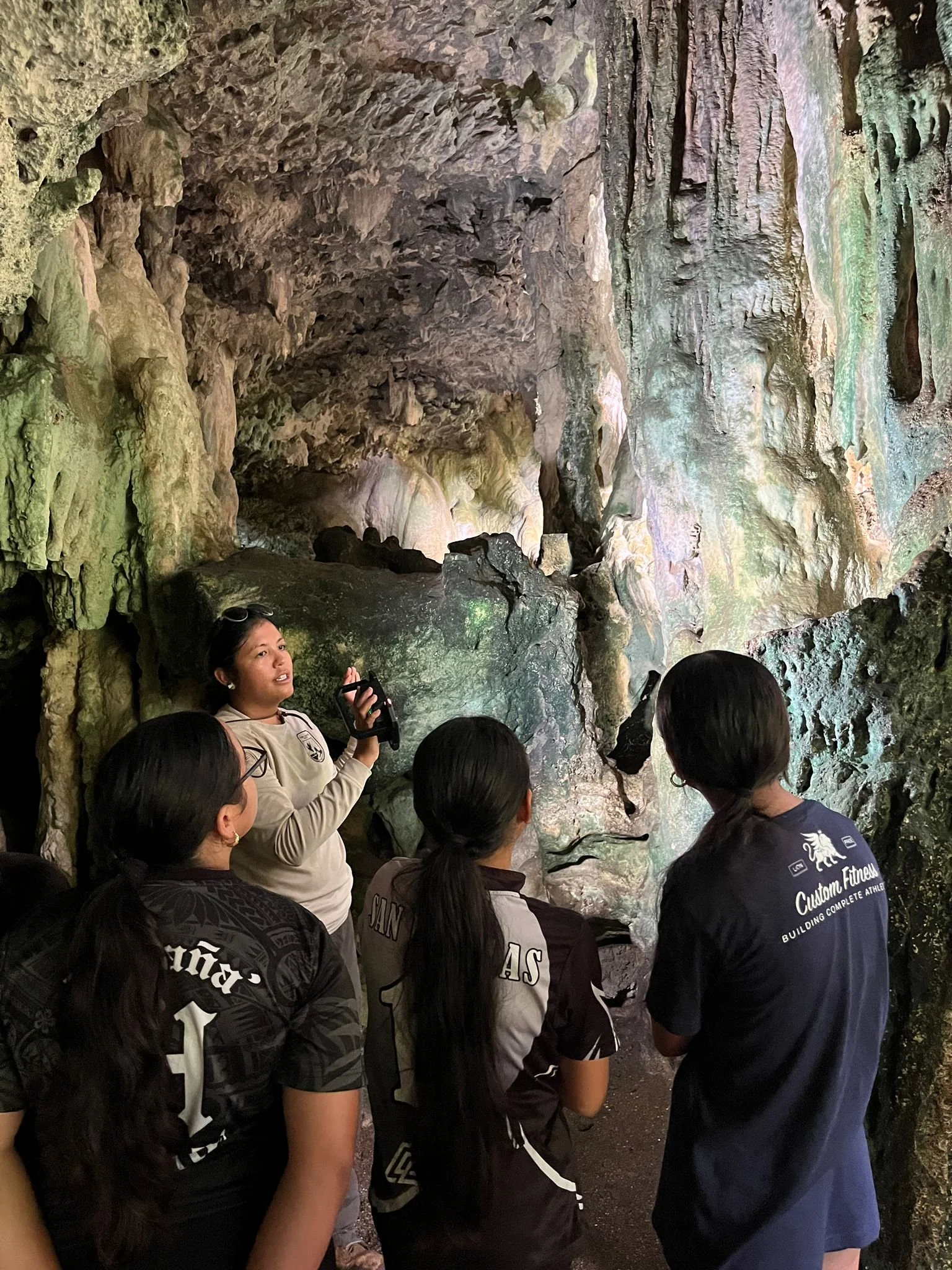Lina’la’ Roots Club: Connecting Youth to Our Land, Culture, and Traditional Foodways
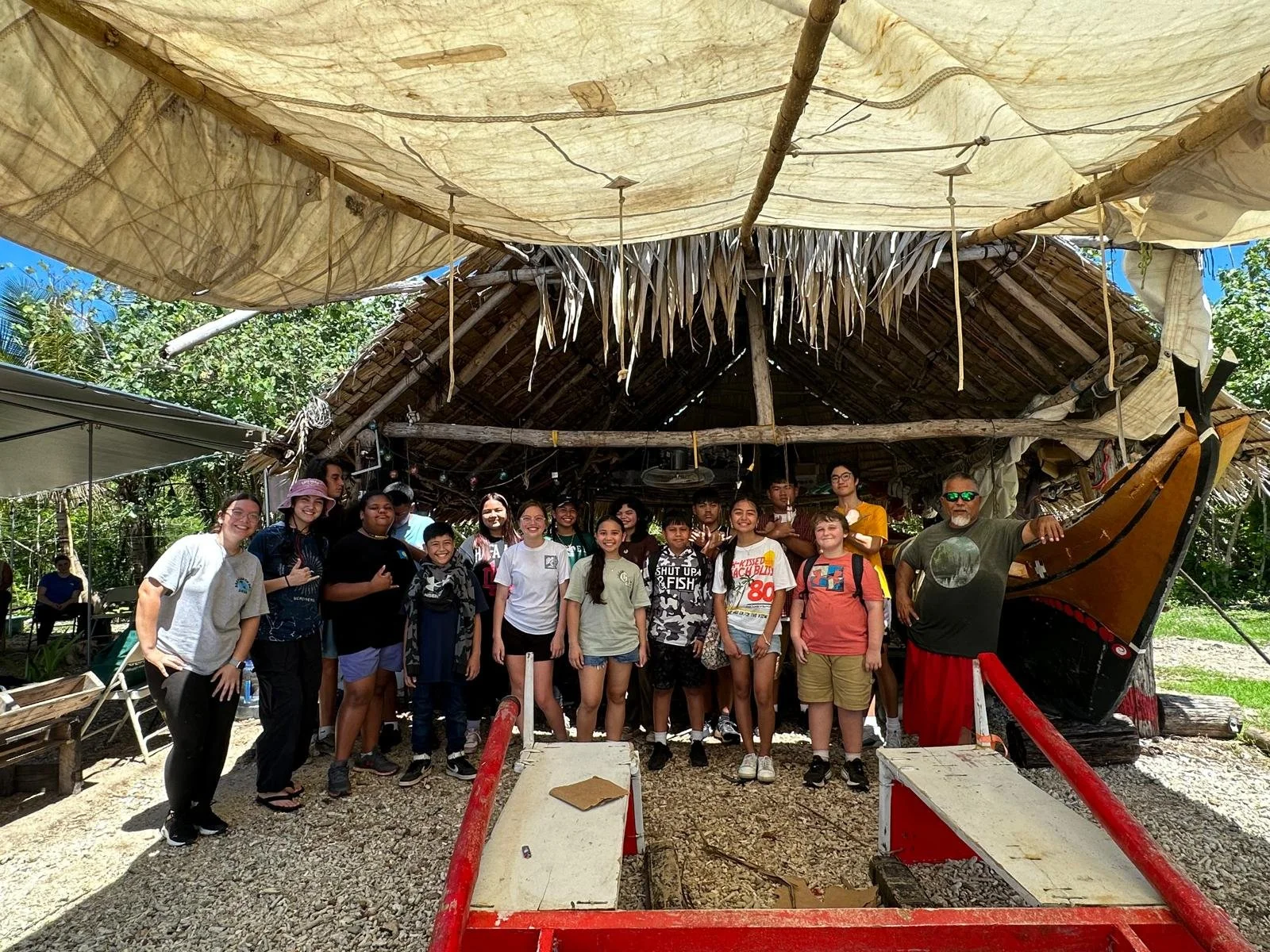
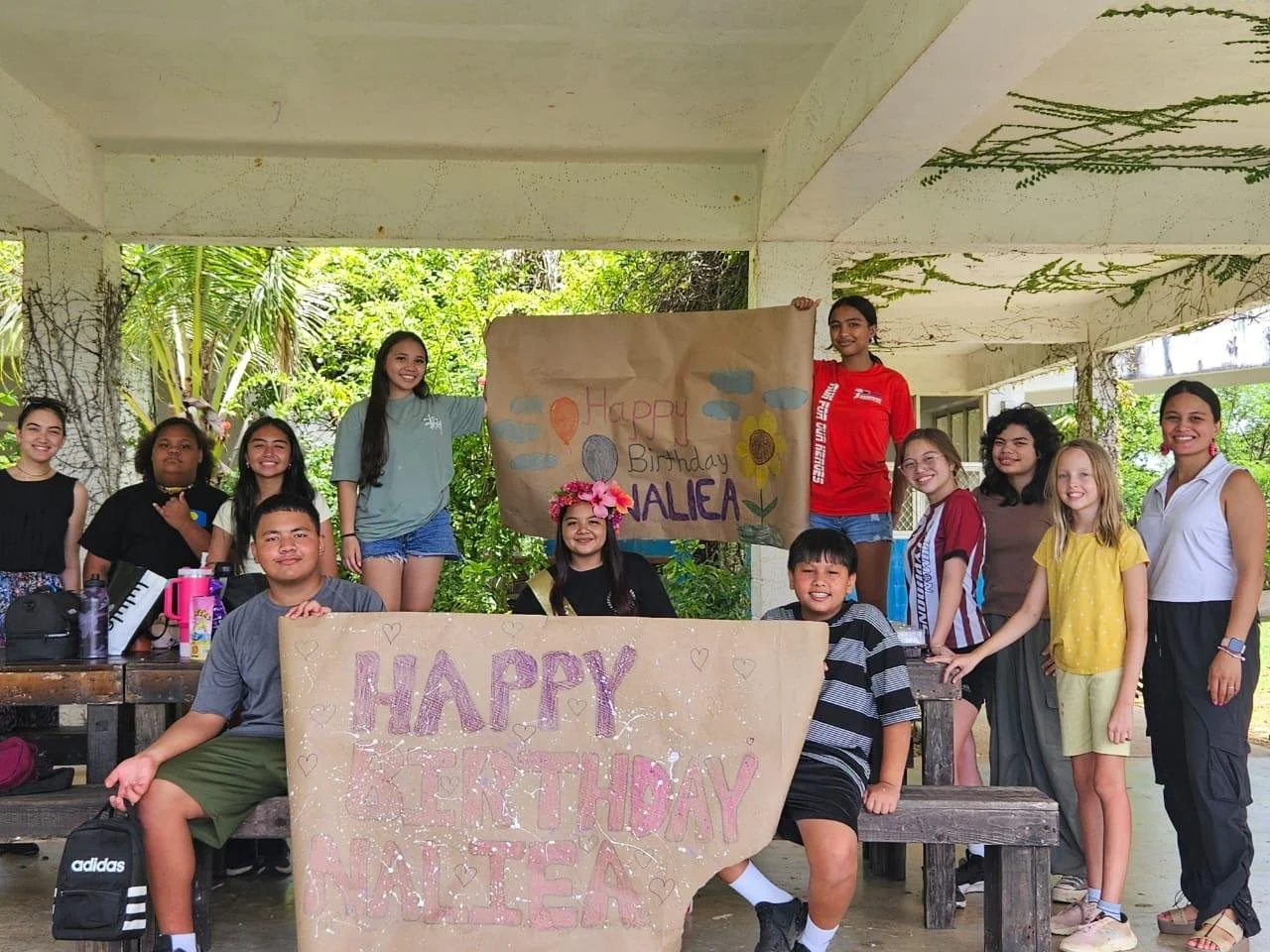

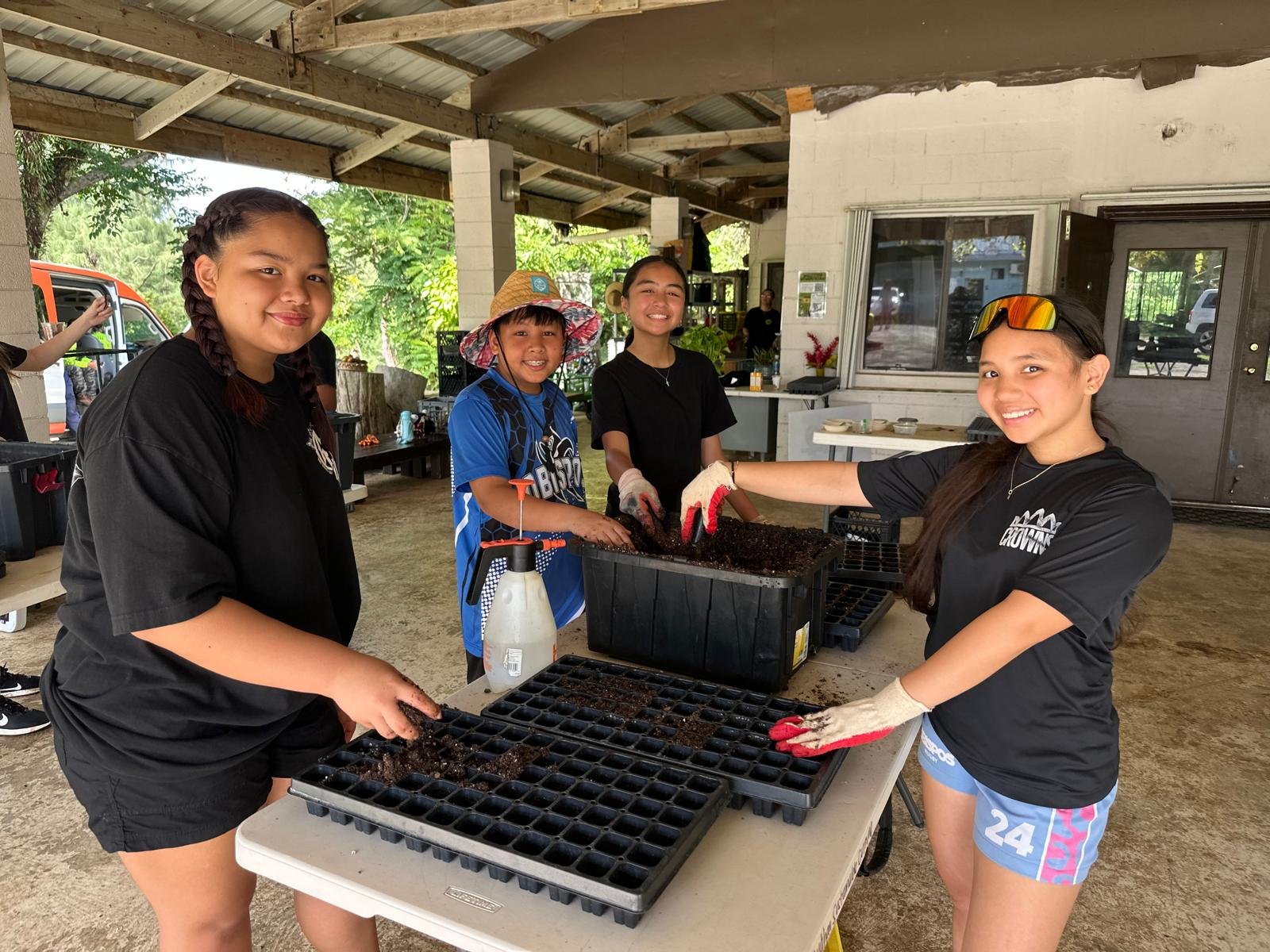
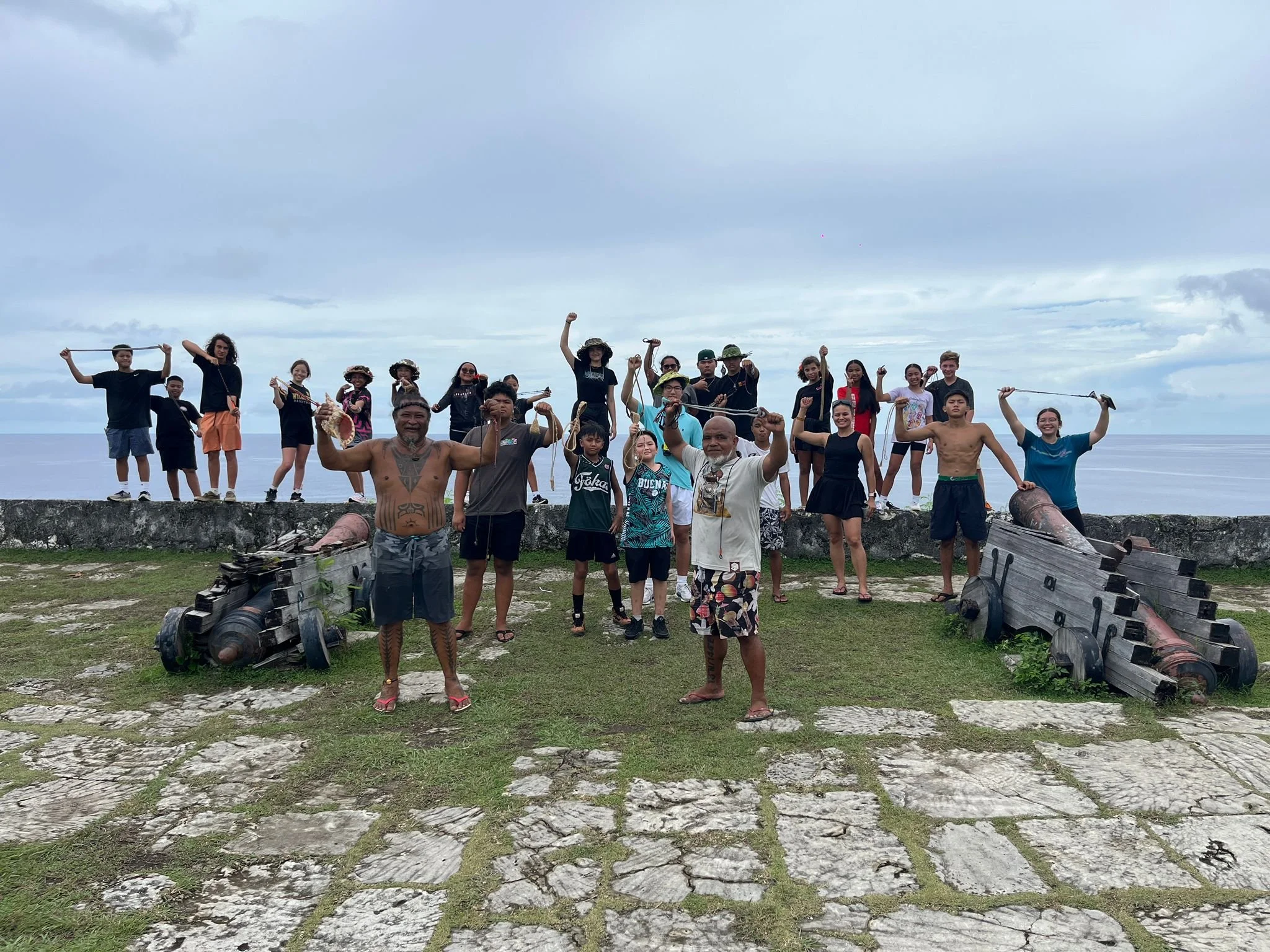
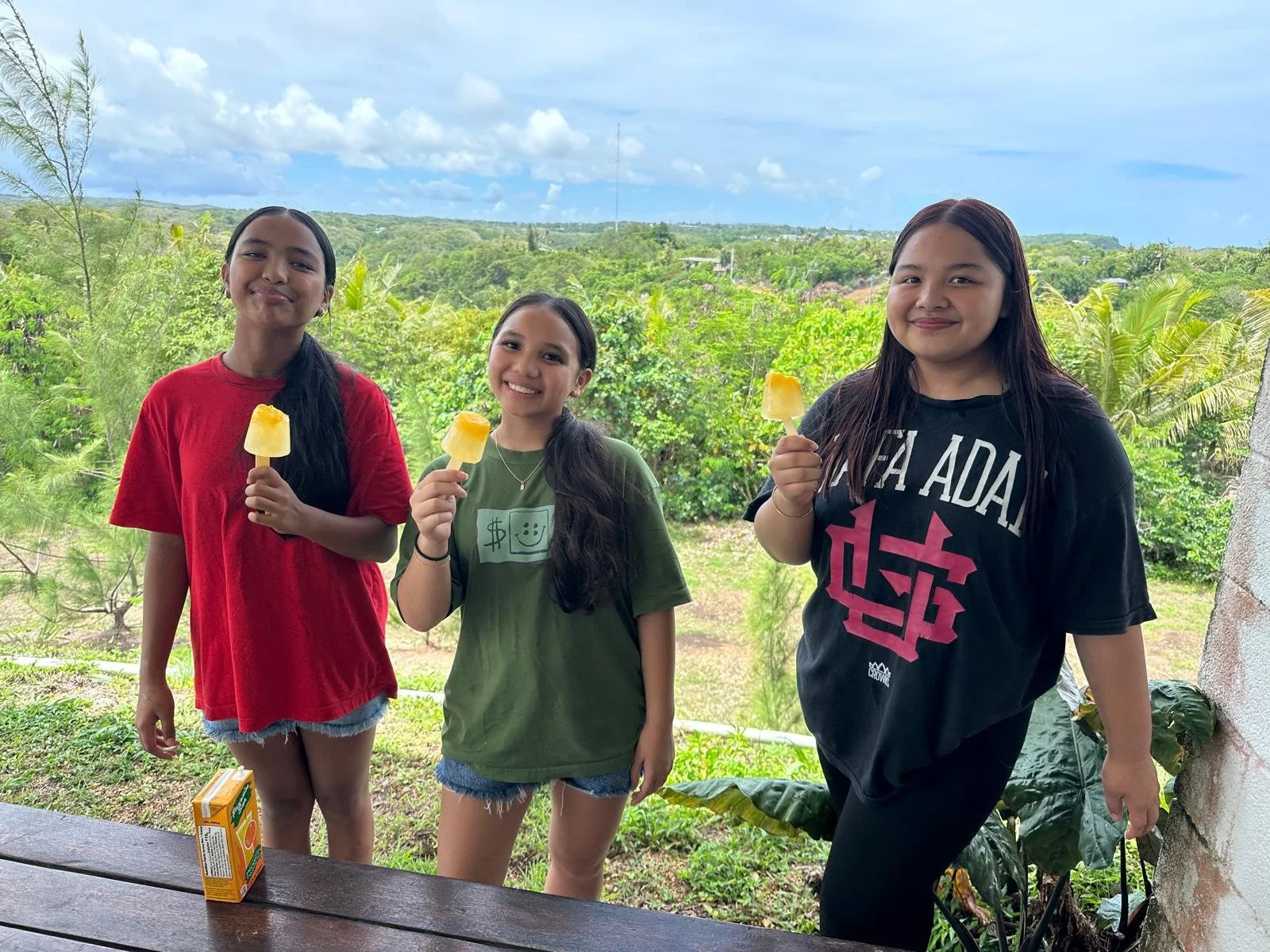
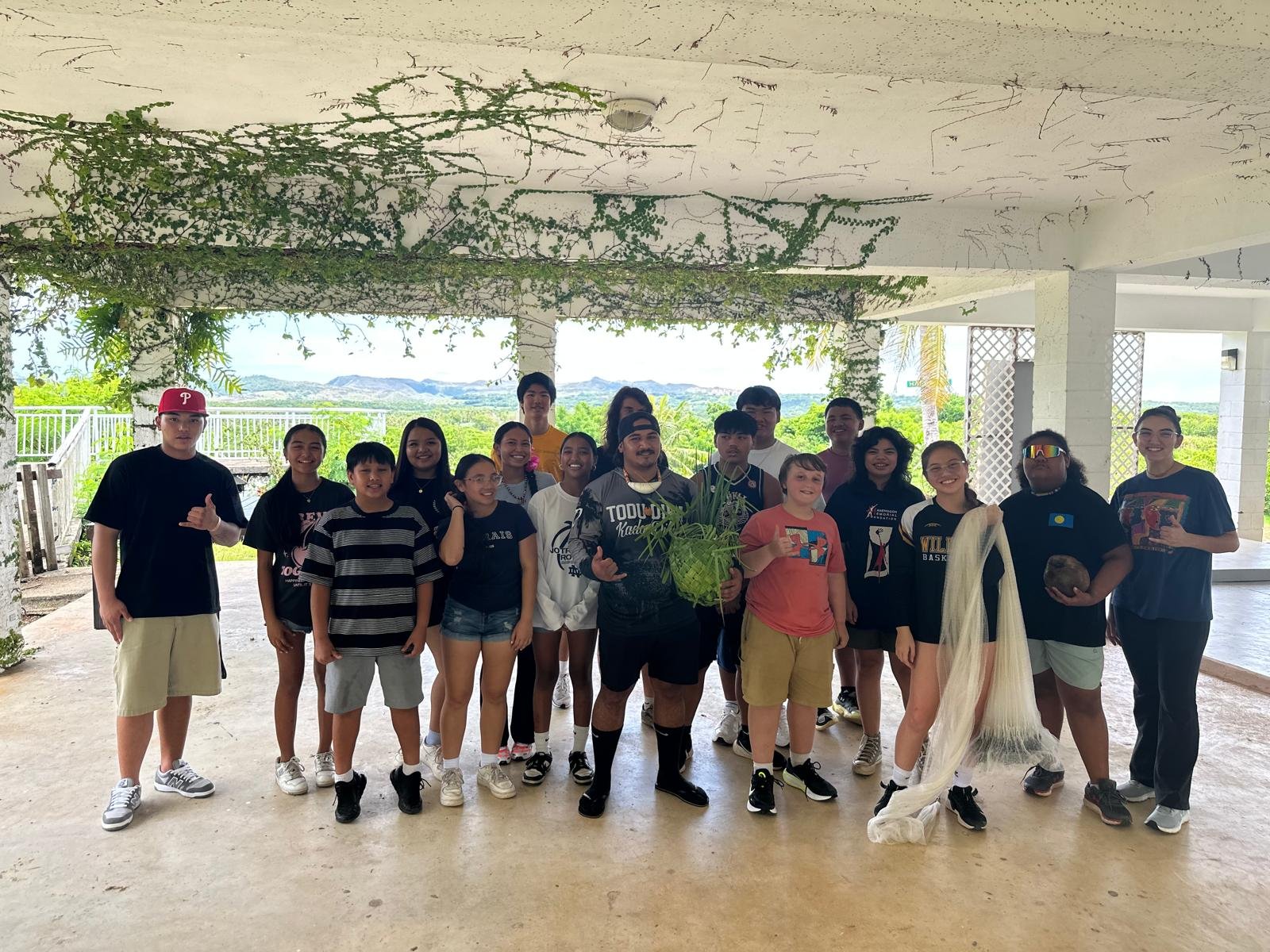
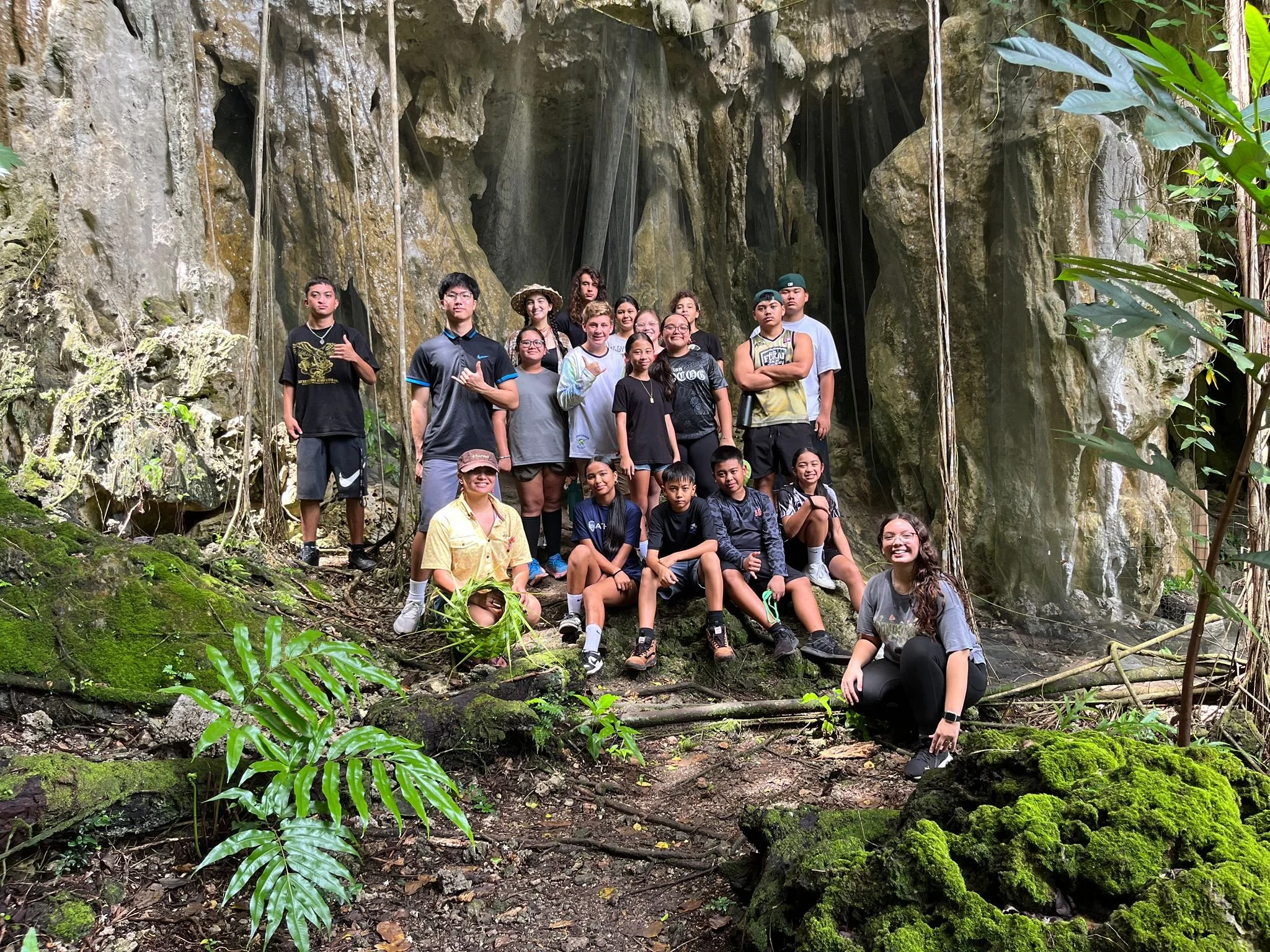
Strengthening food security on Guåhan takes generational investment, which is why our youth education programs are so central to the work we do at GSC. For this year’s summer youth program, and with support from Newman’s Own Foundation, we launched the Lina’la’ Roots Club - a summer camp for middle school students wanting to connect to our land and culture through learning about sustainable agriculture, environmental stewardship, and traditional CHamoru foodways.
This summer we engaged more than 30 students across two sessions. Each week’s lessons wove together the story of the CHamoru people’s relationship to the land, and the foodways that sustained our ancestors for generations. While deepening their understanding and appreciation of CHamoru history and traditions, students spent time in our fruit forest learning about local plant identification, and how to grow and harvest them. They learned how to cook with traditional CHamoru ingredients like lemmai, niyok, and suni, and made a variety of dishes including titiyas, kådu, and kelaguen. The students have even begun writing a CHamoru cookbook with recipes learned throughout the summer.
As part of the Lina’la’ Roots Club we hired a team of high school summer interns, nicknamed the CHe’lus. The CHe’lus not only learned alongside the students, but also developed their leadership and facilitation skills by leading some of the lessons themselves - teaching students CHamoru cultural dance, transplanting seedlings, and other activities. While GSC has worked with many high school interns over the years, this is the first time we designed and implemented an internship program with a keen focus on sustainability, culture, and professional development.
In partnership with cultural practitioners, the students gained a wealth of traditional knowledge. They learned about traditional seafaring and navigation techniques, how to throw talaya and sling åcho’ atupat, how to weave with hågon niyok, and from our yo’amte they learned about the preparation and uses of traditional åmot.
While the Lina’la’ Roots Club was based out of our Food Resiliency Hub at the former Hamamoto Gardens in Yona, our lessons brought students across the island, from the caves at Litekyan to Faha in Malesso’. Field trips also included visits to the Canoe House in Piti and Valley of the Latte in Talo’fo’fo’. Many of our students had never been to some of these places before, which made these visits all the more special.
The Lina’la’ Roots Club would not have been possible without the support of the Newman’s Own Foundation, who’ve been amazing collaborative partners in investing in our youth. We are so very grateful to the students, families, the CHe’lus, as well as the cultural practitioners who made the Lina’la’ Roots Club a tremendous success. And a special shoutout to our wonderful team of educators - Eva Cruz, Emma Sanchez, Lia Barcinas, and Jayna Shoda Meyer - who guided our students on their learning journeys
While this summer camp is sadly coming to a close, the Lina’la’ Roots Club has planted the seeds for something new. Inspired by our students and their renewed connection to CHamoru lands, culture, and foodways, what we’d envisioned as a summer camp has quickly inspired something bigger, and we at GSC are looking at how we can sustain and grow the Lina’la’ Roots Club to serve more of our youth.
Biba famagu’on-ta yan na’lå’la’ i kottura-ta!


